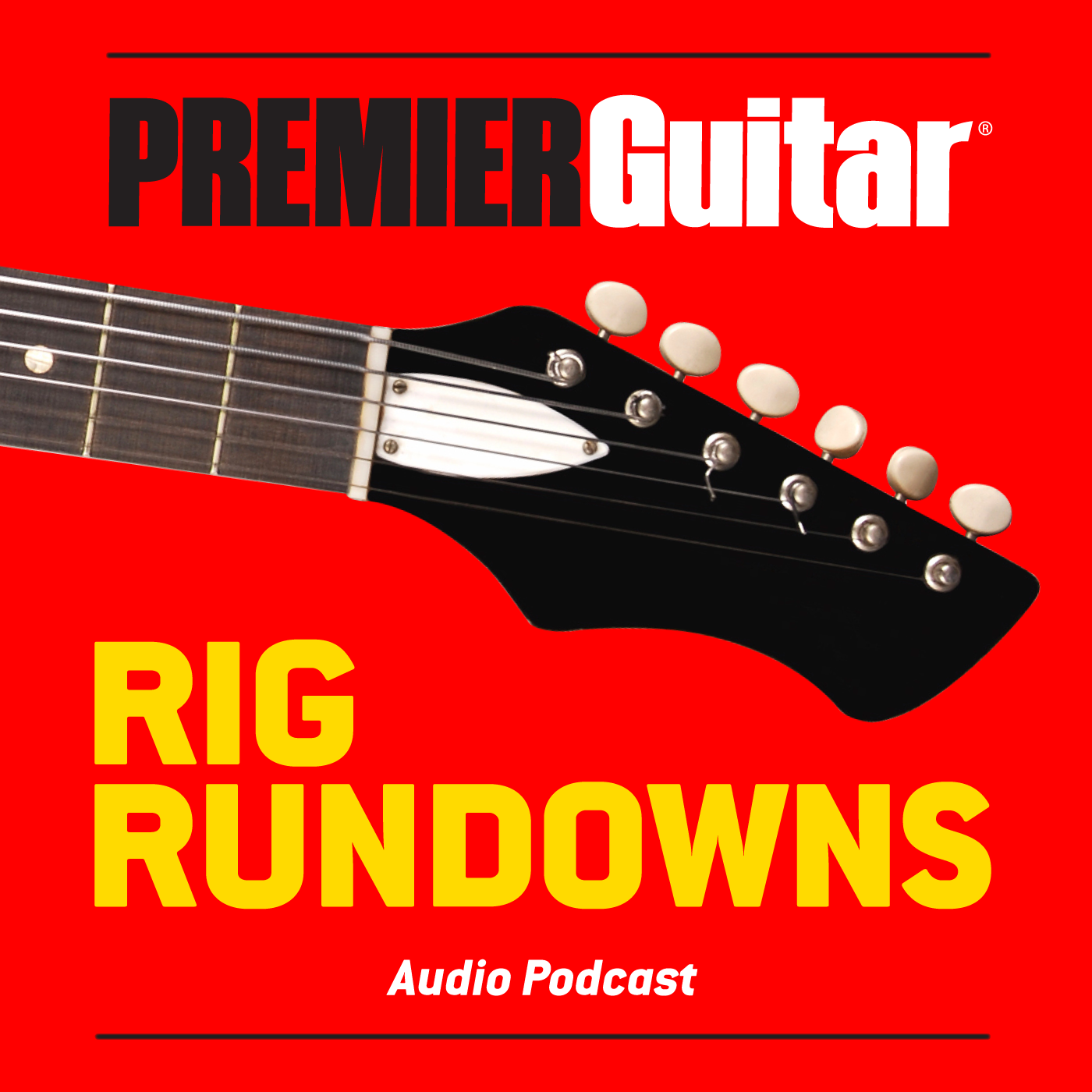Mudhoney

b'
Universe: \\u201cSuper Fuzz or Big Muff?\\u201d
Mudhoney: \\u201cBoth!\\u201d
What else would you expect from a band that titled their mischievously visceral \\u201988 debut EP after both pedals (Superfuzz Bigmuff)?
Formed in the late \\u201980s by guitarists Mark Arm and Steve Turner after the dissolution of their band Green River (which included future Mother Love Bone and Pearl Jam cofounders Jeff Ament and Stone Gossard), Mudhoney long ago solidified themselves as the Seattle scene\\u2019s big brothers and tightest pack. Through their 11 LPs, five EPs, and six live albums, Mudhoney has routinely diversified and further defined their eccentric brand of raucous, aggressive, unfiltered rock \\u2019n\\u2019 roll. Possibly more impressive than the band\\u2019s wide influence and devoted authenticity is the foursome\\u2019s bond. Drummer Dan Peters and bassist Matt Lukin (also a founding member of the Melvins) were the rhythmic bedrock for Arm and Turner\\u2019s exploding-M-80 tones since the beginning. (Arm and Turner have been friends since high school and have been playing off each other since then.) But Lukin left the band in 2001 because tour life became too much, and Guy Maddison has been thundering ever since. To see a group\\u2019s career that\\u2019s pushing past 35 years and only have one member swap is as inspirational as it is baffling. How?!
\\u201cWe like each other a lot. We get along. We love what we\\u2019re doing,\\u201d remarks Arm. \\u201cWhy stop, even if no one gives a shit?\\u201d
Friendship matters to Arm and Turner, but gear isn\\u2019t a concern unless it points them in one direction\\u2014east. More specifically, toward Detroit, Michigan. And even more specifically, to the Stooges. Both namecheck the livewire band and their raw power several times in our Rig Rundown. However, in a 2018 interview with Premier Guitar, they acknowledged regenerating sounds that echo influences from Neil Young and the Byrds to Devo and the Dead Kennedys. But after chasing \\u201cI-Wanna-Be-Your-Dog\\u201d sizzle, what else leads them to the gear they use? Has that mentality changed since the late \\u201980s?
\\u201cIf you think about the aesthetics of where we come from\\u2014garage punk, and punk rock in general\\u2014a lot of it was made with cheap gear, and a lot of it was reclaiming gear that guitarists had kind of dismissed as garbage. Like the Mustang. That was my ultimate guitar back when I was a kid, but it was poo-pooed when I finally got one. I could get them for $150. The Danelectro and Silvertone amps were kind of high-rated garbage when we were getting into them. We based a lot of our sound on cheap gear, so it makes sense to me that I still buy the cheap gear,\\u201d concluded Turner.
They\\u2019re still pragmatic about their setups, preferring equipment that\\u2019s familiar and reliable. Where they chase the dragon is in stompboxes. Turner trusts the Big Muff (his favorite iteration is from the mid-\\u201980s), while Arm\\u2019s torrid tone burns with a Super Fuzz clone. However, both have additional hot-sauce stompboxes and other effects on their pedalboards that are being auditioned trial by fire.
Hours before Mudhoney\\u2019s headlining set at Nashville\\u2019s Basement East, Arm and Turner brought PG\\u2019s Chris Kies onstage to catalog their setups. Turner started the party by talking about a pair of guitars\\u2014his battle-tested late-\\u201960s Guild Starfire IV and a recently-acquired Fender Gold...'